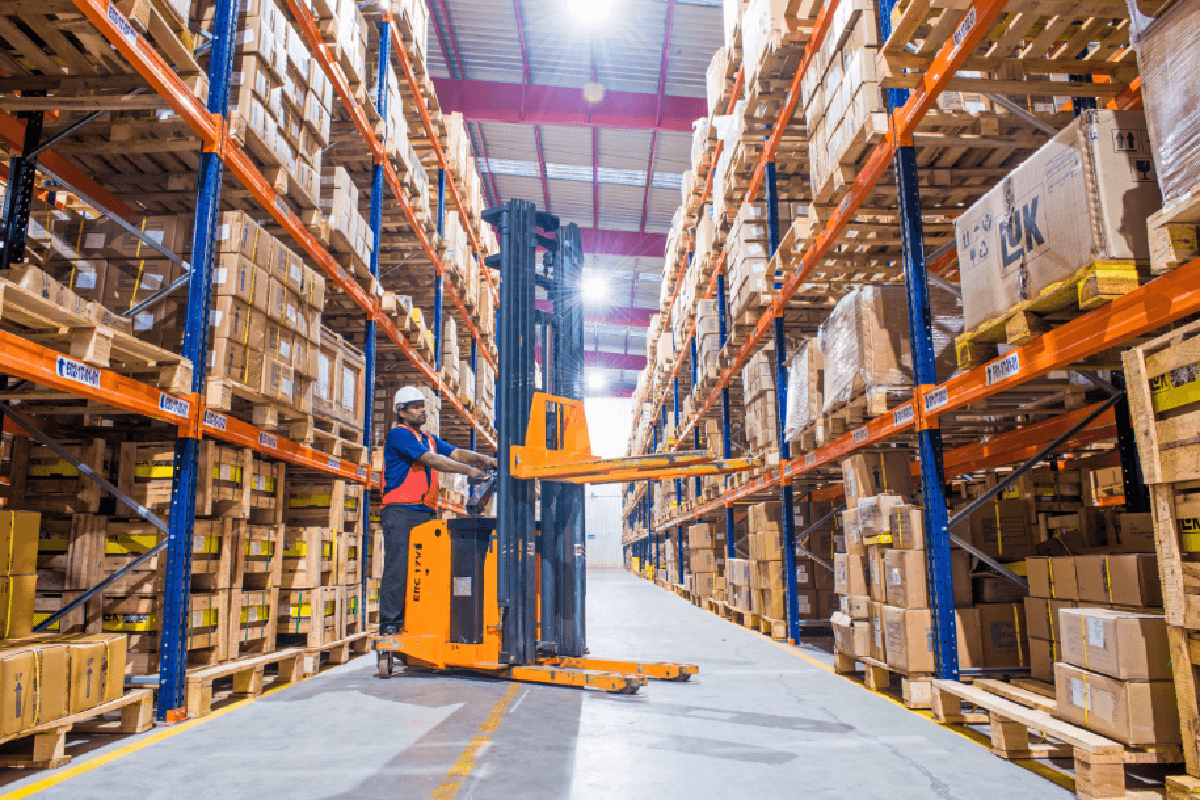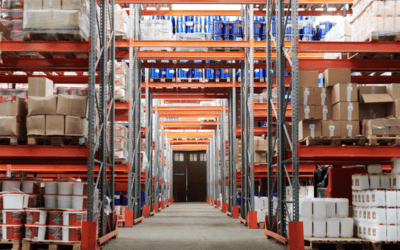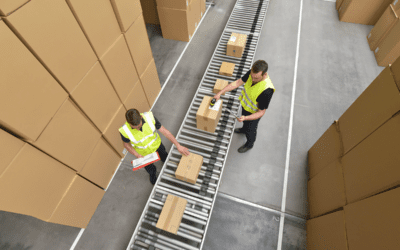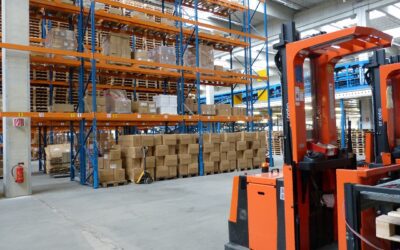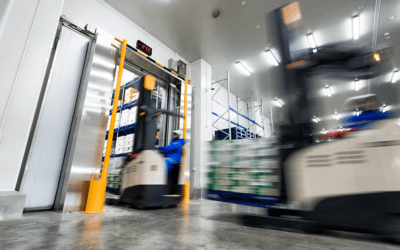(This is a guest blog post from our partner Boltrics)
Continuously decreasing delivery times, increasing demands regarding product safety and a persistent shortage of labour. These are a few of the challenges that you are currently facing as logistics service providers – and this isn’t even mentioning the far-reaching wishes of customers. Orders must be processed as quickly as possible at the lowest possible costs – without compromising the quality and safety of products.
So, what is the magic trick of staying financially healthy whilst simultaneously meeting market demands in these challenging times of tight margins and high expectations? In short: how do you achieve your warehouse KPIs? The answer is actually quite simple: put your WMS to work and save some time.
A practical step towards innovation
With a tight labour market and small margins, automation is often a practical investment. That may not sound innovative, but it is a practical move that gives you the space to engage in innovative projects. With the right tools you can process larger volumes with minimal manual operations, so you don’t have to burden yourself or colleagues with additional administrative tasks. That makes a difference as you no longer have to worry about it, allowing you to focus on more important tasks.
This blog will explore 5 quick wins to helping you achieve your warehouse KPIs with ease.
1. Track & trace your goods
Due to the increasing quality standards and regulations you are constantly confronted with the challenge to guarantee product integrity throughout the entire supply chain. That can put a lot of pressure on your business as it usually requires a large number of checks in the warehouse that must be recorded one by one in the system. This then has to be followed up by sharing the data with your customers – if that has to be done manually, you can easily hire an extra employee for it.
2. Prevent traffic jams at your docks
On an average working day, the number of trucks arriving at your docks can increase considerably. In an ideal world, deliveries follow each other one at a time. However, practice turns out to be a little unruly: suppliers all arrive at the same time and before you know it there will be a big jam in front of your docks. The result? Your employees are working their pants off and then an hour later they have barely anything to do – not exactly the ideal distribution of resources and time. Also, not particularly conducive to productivity and the relationship with suppliers because in the end both you and your logistics partner are stuck with an inefficient and therefore costly process.
To avoid chaos on your site and provide your logistics partners the opportunity to reserve a time slot via Boltrics App Platform. Drivers arrive during a pre-agreed period, drive onto your site with a unique access code and your employees are ready to (un)load as quickly as possible.
3. Optimize the warehouse KPIs turnover rate and occupancy rate
We don’t have to tell you that with a streamlined procedure you can process large volumes as efficiently as possible. Your employees and machines carry out assignments throughout the day, so there is a good chance that there is room for improvement in every area – but how do you know where you can get the most profit? Firstly, by measuring the performance of resources such as speed, accuracy and reliability. Secondly, the specific location where you store goods. Thirdly, the route that your warehouse employees follow to collect orders. This affects another warehouse KPIs – performance per employee.
4. Go for automation and robotization
The combination of a tight labour market and global competition will give some use of automated warehouses and robotization a major boost in the coming years. This immediately gives you at least three advantages: you require less staff, you can use your current staff for other tasks and have your processes automated so they can run 24/7. However, it is not the only reason why automation and robotization will become mainstream. Market demand is also constantly changing. The need to be able to take orders in smaller quantities is growing. Preferably with a shorter lead time in a specific time window. By automating processes even more, you can increase the speed of the settlement process – without compromising on income.
5. Think along (pro)actively with customers
Of course you take good care of your customers and you do everything to meet your expectations. Or preferably surpass them. That does not have to be a brain teaser at all. Because with the data you have collected, it often turns out to be quite easy to gain valuable insights. You know exactly how many goods are in stock, what the average lead time is and what the trend is in terms of demand. Data that allows your customers to reduce inventory – without having to sell no to their customers.

